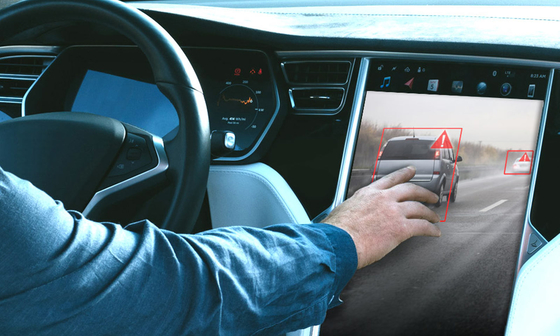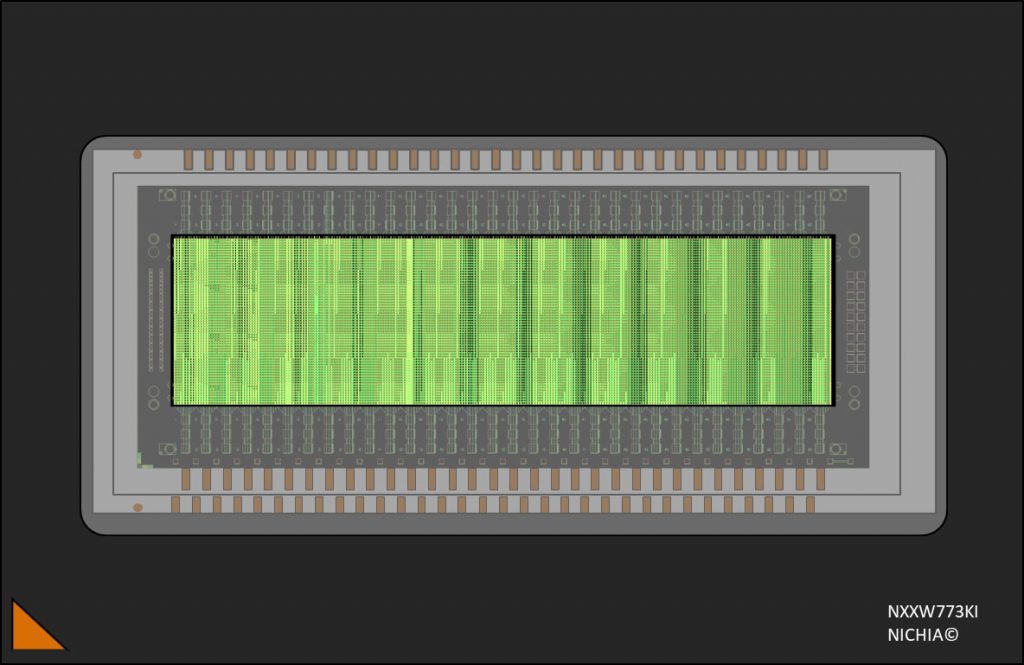Infineon and Synopsys partner to develop AI chips for automotive applications
Artificial intelligence and neural networks are becoming a key factor in developing safer, smart and eco-friendly cars.
In order to support AI-driven solutions with its future automotive microcontrollers, Infineon Technologies has started a collaboration with Synopsys.
Next generation Aurix microcontrollers from Infineon will integrate a new high-performance AI accelerator called Parallel Processing Unit (PPU) that will employ Synopsys’ DesignWare ARC EV Processor IP.
AI and neural networks are fundamental building blocks for future automated driving applications such as object classification, target tracking, or path planning.
Furthermore, they play an important role in optimizing many other automotive applications, helping to reduce the cost of ECU systems, improving their performance and accelerating time-to-market.

For example, they enable an optimized engine auto-calibration and reduce the number of sensors by producing accurate mathematical models of the physical reactions occurring in a system.
At the same time, however, AI applications require much higher computing power than standard algorithms.
Peter Schäfer, head of the microcontroller business line of Infineon’s automotive division, says: “By developing the PPU together with Synopsys we make sure that our future microcontrollers will provide the safety features, throughput, and power-efficient performance necessary to meet increasing AI computational requirements.
“This will prepare the Aurix for data-hungry automotive applications such as future gateways, domain and zone controllers, engine management, electro-mobility and advanced driver assistance systems.”
Already today, the Aurix supports certain types of neural networks. However, the PPU will take its real-time and AI capabilities to an entirely new level.
The PPU’s performance will be significantly higher than that of today’s accelerators, enabling the Aurix to process the data from advanced sensors where it is currently bounded by real-time constraints, for example.
The PPU will accelerate AI algorithms such as Recurrent Neural Network (RNN), Multi-Layer Perceptron (MLP), Convolutional Neural Network (CNN), and Radial Basis Function (RBF).
Joachim Kunkel, general manager of the solutions group at Synopsys, says: “In many AI-driven applications, safety is paramount.
“Combining the processing power and safety features of our ARC EV Processor with the proven architecture of the Aurix will enable the development of automotive systems at the highest levels of functional safety.”
The EV Processor is supported by Synopsys’ MetaWare EV Development Toolkit for Safety, which speeds safety-compliant application software development for automotive designs.
The resulting Aurix toolchain will support model-based designs, enabling the latest software design strategies and reducing the increasingly demanding automotive time-to-market.
Furthermore, by supporting convolutional neural networks, the PPU will help pave the way to holistic security systems. It will enable layered security concepts supporting techniques for intrusion detection and prevention systems like deep packet inspections or system entropy monitoring.
As part of the collaboration, Infineon will be part of the ARC Processor Summit on September 19 with a presentation on “System Modelling for Real-Time Automotive Applications using Deep Learning and Complex Data Processing.”

Meanwhile, Infineon has partnered with Nichia Corporation to add further momentum to the development of adaptive lighting technologies.
Together, they are developing a high-definition (HD) light engine with more than 16,000 micro-LEDs for front light applications.
Unlike current HD solutions, the new device will provide high resolution light to the entire field of view of the driver.
Kanji Bando, head of the advanced R&D center at Nichia, says: “Our new LED matrix light will offer a resolution about 180 times as high as that of comparable solutions on the road today.
“This will pave the way for new and improved safety features and enhance driving comfort.”
For example, HD light can be used to warn the driver of hazards by highlighting people or objects on the roadside.
It can project markings on the road – for example, in order to help the driver navigate through a construction site. And established features such as the glare-free high beam or bending lights run more precisely and smoothly.
The new HD light engine will employ micro-LED technology from Nichia and a new driver IC from Infineon.
Andreas Doll, vice president and general manager of the body power business unit of Infineon’s automotive division, says: “Our chip will control and diagnose all 16,000 micro-LEDs individually.
“In addition to the safety benefits, our new solution will also significantly increase energy efficiency because it allows us to turn on only those LEDs actually needed for a light pattern.”
Current micro-mirrors solutions turn on all LEDs and deflect surplus light.
The new HD light can also contribute to reducing design and production complexity for car manufacturers. At the same time it increases the driver’s ease-of-use.
Left-hand and right-hand drive configurations have different lighting requirements, for example.
With the new HD light engine, the necessary adaptions could be programmed digitally in the factory or activated by the driver as a function on demand.

